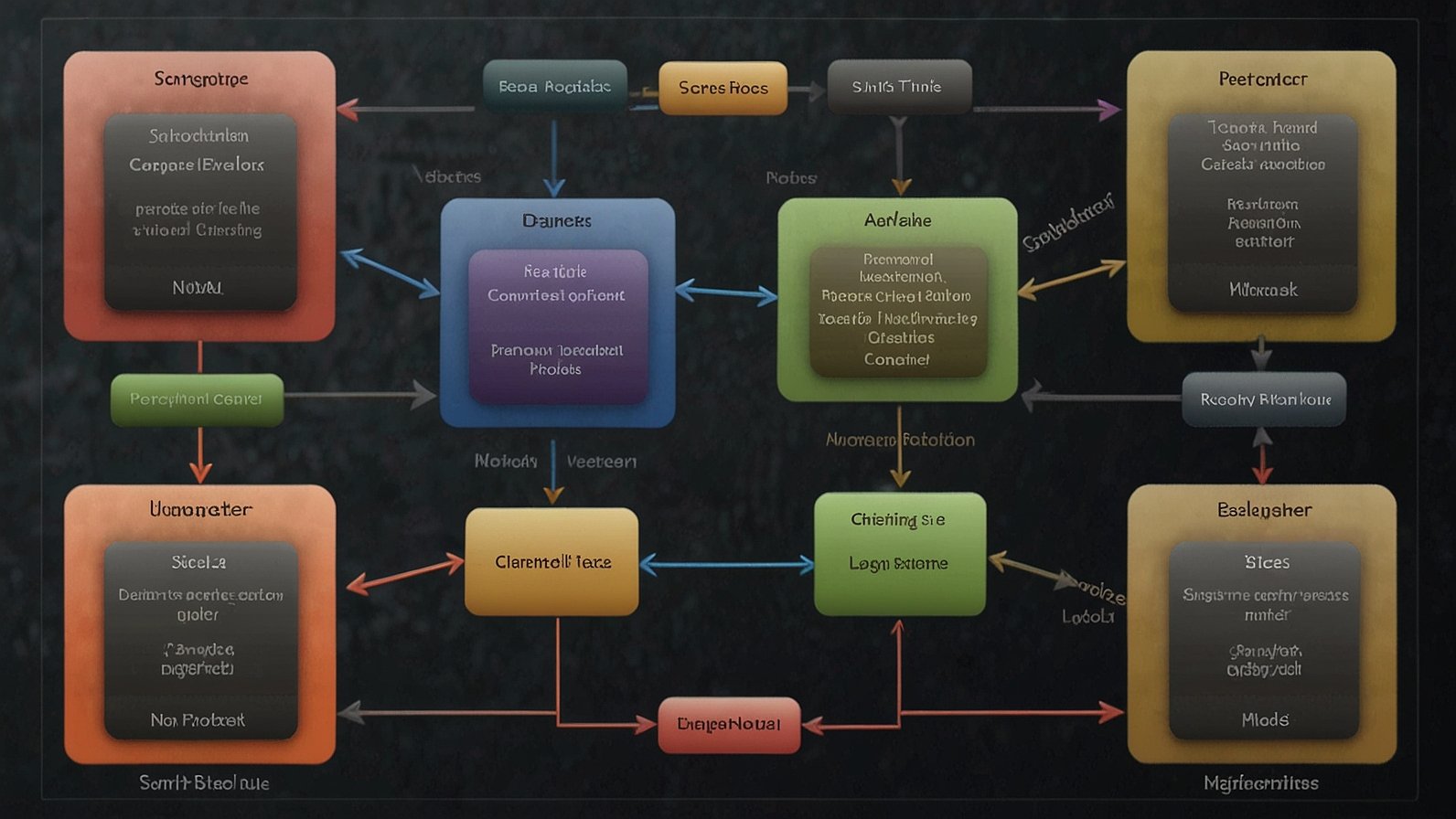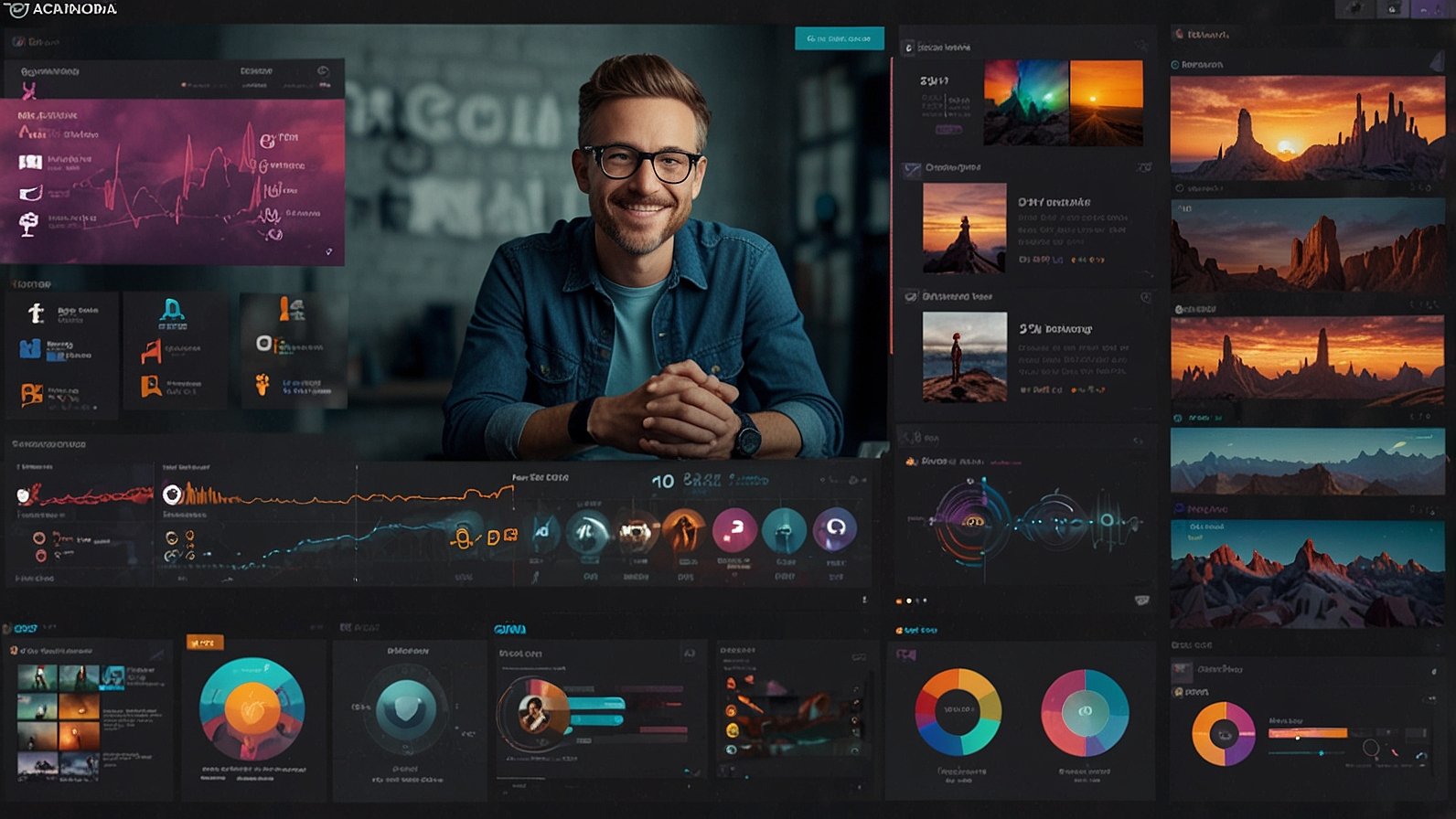Ever spent hours crafting the perfect 3D model for Source Filmmaker, only to be greeted by a terrifying error message or a jumbled mess of purple-and-black checkerboards? You’re not alone. That frustrating wall often hits right at the SFM compile stage – the essential, yet sometimes tricky, process that bridges your amazing creations and SFM’s animation magic. Understanding SFM compile isn’t just technical jargon; it’s your key to bringing custom characters, props, and worlds to life without the headaches. Let’s demystify it!
Understanding SFM Compile: The Engine’s Translator
Think of Source Filmmaker as speaking a very specific language. Your beautiful model from Blender or Maya? It speaks a different dialect. SFM compile acts as the expert translator. It takes your raw assets – the 3D geometry (.SMD or .DMX files), the skin textures (.TGA, .VTF), and the instructions defining how it all fits together (.QC file) – and converts them into formats the Source Engine understands intimately: .MDL (model), .VVD (vertex data), and .VTX (hardware-optimized geometry).
Without this crucial compilation step, SFM simply can’t recognize or properly render your custom work. It’s the gatekeeper between your artistic vision and a functional asset within the toolset.
Your Step-by-Step Guide to Mastering SFM Compile
Conquering the compile process involves preparation, precise instructions, and a bit of patience. Here’s the breakdown:
- Gather & Prep Your Assets:
- Model Geometry: Export your final, rigged model from your 3D software (Blender, Maya, 3ds Max) as
.SMD(older, common) or.DMX(newer, more robust). - Textures: Save your diffuse, normal, specular, etc., maps in a format like
.TGA. These will be converted to.VTF(Valve Texture Format) during the process. - Reference Files: Often helpful to have existing model files or documentation handy.
- Model Geometry: Export your final, rigged model from your 3D software (Blender, Maya, 3ds Max) as
- Craft the Blueprint: The .QC File
- This is the heart of the SFM compile process. It’s a plain text file telling Valve’s tools exactly how to build your model.
- Key Sections You’ll Define:
$modelname: The path and name of your final.MDL(e.g., “models/characters/my_awesome_spy.mdl”)$body/$bodygroup: Links your geometry SMD/DMX files to body groups.$sequence: Defines animation sequences and their source SMD/DMX files.$cdmaterials: Tells the compiler where to find your texture source files (crucial for avoiding the “checkerboard of doom”!).$texturegroup: Manages different skin variations (e.g., team colors).$attachment: Defines points where other models or effects can attach (like a hat on a head).$collisionmodel: (Optional but recommended) Defines simplified geometry for physics collisions.
- Pro Tip: Start by studying and modifying
.QCfiles from existing, working Source models. Tools like Crowbar can decompile existing.MDLfiles back to.QCand.SMDfor learning.
- Run the Compiler Tools:
- Valve provides command-line tools:
studiomdl.exe(the main model compiler) andvtfcmd.exe(for texture conversion). You typically runstudiomdl, which handles texture conversion internally if paths are correct. - The Basic Command:
studiomdl.exe [path_to_your_qc_file.qc] - Where to Run It: Place the compiler tools (
studiomdl.exe, often found in SFM’sbinfolder) and your asset files (QC,SMD/DMX,TGA) in a sensible directory structure. Open a command prompt in that directory to run the command. - The Process:
studiomdlreads the.QCfile, processes the referenced.SMD/.DMXgeometry, converts any.TGAtextures to.VTF, and outputs the final.MDL,.VVD, and.VTXfiles in the location specified by$modelname.
- Valve provides command-line tools:
- Test Relentlessly (The “Did It Work?” Phase):
- Move the compiled
.MDL(and its accompanying.VVDand.VTXfiles) into the correctmodelsfolder within your SFM directory structure. - Place the compiled
.VTFtextures in the correctmaterialsfolder structure (matching the$cdmaterialspath in your.QC). - Fire up SFM! Load your map or session and try to spawn or use your new model.
- Inspect Thoroughly: Check textures, animations, collisions, and attachments. Does everything look and behave as expected?
- Move the compiled
Crucial Tools for Your SFM Compile Toolkit
- Crowbar: An absolute lifesaver. Decompiles existing
.MDLfiles for study, compiles.QCfiles (often easier than command line), batch processes textures to.VTF, and much more. Highly recommended for beginners and pros alike. - Blender Source Tools / Maya Source Tools: Plugins that streamline exporting
.SMD/.DMXand sometimes.QCsnippets directly from your 3D software. - VTFEdit: A dedicated tool for creating, viewing, and editing
.VTFtexture files. Useful for fine-tuning textures outside the compiler. - GUI StudioMDL: Provides a graphical interface wrapper for
studiomdl.exe, making it less intimidating than the command line. - Text Editor (Notepad++, VS Code, etc.): Essential for writing and editing your
.QCfiles efficiently.
Common SFM Compile Mistakes (And How to Dodge Them)
Even seasoned creators trip up. Here’s what to watch for:
- The Dreaded “Checkerboard” Texture:
- Cause: SFM can’t find your texture (
VTFfile). - Fix: Triple-check your
$cdmaterialspath in the.QCfile. Ensure the actual.VTFfiles are placed in the exact corresponding folder within SFM’smaterialsdirectory. Paths are case-sensitive!
- Cause: SFM can’t find your texture (
- Model is Invisible or “Ghosted”:
- Cause: Missing
.VVDor.VTXfiles, or the.MDLfile is corrupted. Often happens if the compiler crashed or files weren’t copied correctly. - Fix: Verify all three files (
.MDL,.VVD,.VTX) are present in the correctmodelsfolder. Recompile if necessary.
- Cause: Missing
- Animations Don’t Play or Look Broken:
- Cause: Errors in the
$sequencesection of the.QCfile (typos, wrong file paths), incorrect bone names in the animation SMD vs the model SMD, or mismatched frame counts. - Fix: Scrutinize your
.QCsequence definitions. Use Crowbar to compare bone names between model and animation files. Ensure animation files export correctly from your 3D software.
- Cause: Errors in the
- Compiler Crashes or Spits Out Errors:
- Cause: Syntax errors in the
.QCfile (missing quotes, semicolons, typos in commands), invalid file paths referenced, corrupted source files (SMD/DMX), or issues with the geometry itself (like non-manifold geometry). - Fix: Read the command prompt error message carefully – it usually points to the line number in the
.QCfile or the specific problem file. Check for typos and path accuracy. Validate your mesh in your 3D software.
- Cause: Syntax errors in the
- Physics Collisions Don’t Work:
- Cause: Missing or incorrectly defined
$collisionmodelin the.QCfile, or the collision mesh itself has issues (too complex, inverted normals). - Fix: Ensure the
$collisionmodelsection points to a valid, simplified SMD file. Keep collision meshes low-poly and convex where possible. Test with simple shapes first.
- Cause: Missing or incorrectly defined
Optimizing Your Models for SFM Compile
Want smoother performance and faster compiles?
- Keep Geometry Clean: Use efficient topology. Avoid unnecessary polygons, especially in areas that won’t be seen. The chart below illustrates how polygon count impacts compile time and in-game performance.
- Leverage LODs (Level of Detail): Define lower-poly versions of your model in the
.QC($lod) for when it’s viewed from afar. This boosts rendering performance significantly. - Smart Texture Sizing: Use appropriately sized textures (e.g., 512×512, 1024×1024). Don’t use 4K textures for a small prop!
- Organize Your Files: Use clear folder structures and consistent naming conventions for your source assets,
.QCfiles, and output. Saves massive headaches later.
Conclusion: Your Gateway to Custom SFM Creations
Mastering SFM compile unlocks the true potential of Source Filmmaker. It transforms you from someone who uses assets to someone who creates them. While the technical steps might seem daunting at first, breaking it down – preparing assets meticulously, crafting the .QC file carefully, using tools like Crowbar, and testing thoroughly – makes it manageable.
Your 3 Key Takeaways:
- The .QC File is King: It’s the instruction manual for the compiler. Get it right, and everything flows.
- Paths Are Paramount: Incorrect file paths in the
.QCor misplaced output files are the #1 cause of “invisible” or textureless models. Be obsessive about accuracy. - Test Early, Test Often: Don’t wait until the end. Compile after adding major elements (geometry, a texture, an animation) to catch errors quickly.
Ready to ditch the frustration and see your custom models shine in SFM? What’s the first character or prop you’re going to compile successfully?
You May Also Read: Unlock Creative Communities: Your Ultimate Guide to the ATFBoru Experience
FAQs
Q: What’s the difference between .SMD and .DMX?
A: .SMD is the older, text-based format. .DMX (KeyValues2) is Valve’s newer, more flexible format supporting more complex data. .DMX is generally preferred for newer assets, but .SMD is still widely used and supported. Compilers handle both.
Q: Can I compile models directly within SFM?
A: No. SFM itself doesn’t have a built-in compiler. You must use external tools like studiomdl.exe (command line) or front-ends like Crowbar or GUI StudioMDL to perform the SFM compile process.
Q: Why does my model appear bright purple/black?
A: This is the infamous “missing texture” checkerboard. It means SFM cannot find the .VTF texture files specified in your model’s materials. Double-check the $cdmaterials path in your .QC and that the .VTF files are in the exact matching location in your SFM materials folder.
Q: My compiler crashes with a ‘Bone not found’ error. Help!
A: This means an animation sequence references a bone name that doesn’t exist in your model’s skeleton. Carefully check the bone names in your animation .SMD/.DMX file against the bone names in your model’s .SMD/.DMX file. They must match exactly, including case.
Q: Are there alternatives to the Valve command-line tools?
A: Yes! Crowbar is the most popular and user-friendly alternative. It provides a GUI for decompiling, compiling, texture conversion, and more, significantly simplifying the SFM compile workflow compared to raw command lines.
Q: How important are collision models ($collisionmodel)?
A: Very important for interactivity! Without a collision model, your model will have no physical presence – players and objects will pass right through it. Always define at least a simple collision hull for props and characters.
Q: Where can I find good examples of .QC files?
A: The best place is existing Source game assets! Use Crowbar to decompile models from games like Team Fortress 2, Half-Life 2, or Counter-Strike: Source/Global Offensive. Look at how Valve structures their .QC files for different types of models (props, characters, weapons). The Valve Developer Wiki (developer.valvesoftware.com) also has documentation and examples.










